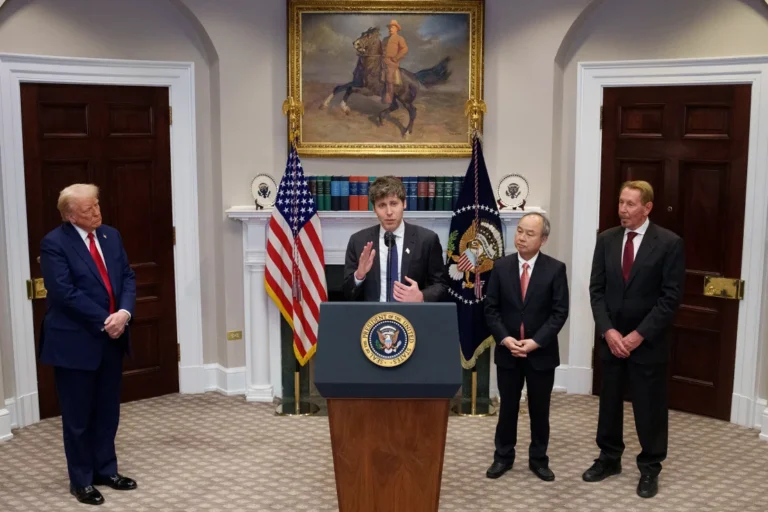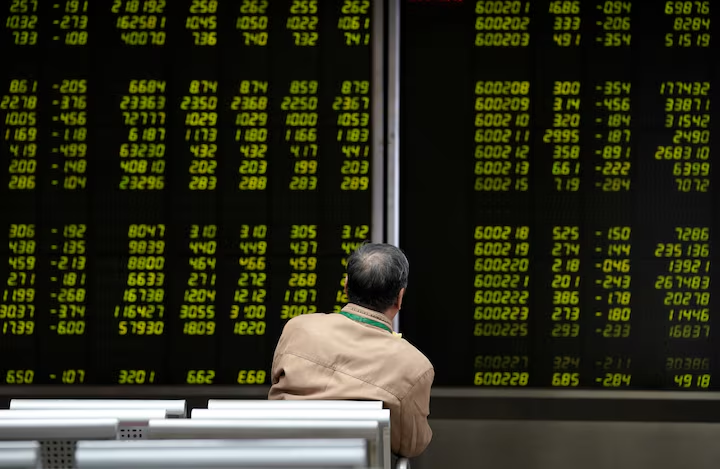Dollar dips creep higher
LONDON/SINGAPORE, Jan 20 (Reuters) – The dollar dips drifted lower on Monday, while global stocks showed cautious optimism as investors braced for a series of policy announcements expected during the initial hours of Donald Trump’s second term as U.S. President. Investors were also closely monitoring the possibility of a rate hike by the Bank of Japan later in the week.
Trump is scheduled to take the oath of office at noon Eastern Time (1700 GMT), having promised a “brand new day of American strength” during a rally on Sunday. His unpredictable nature has heightened expectations for an immediate wave of executive orders following his inauguration. Adding to the market’s intrigue, Trump launched a digital token last Friday, which initially soared to over $70 before falling to around $50 as traders expressed unease.
Monday marks a U.S. holiday, meaning the financial markets’ first reactions to Trump’s inauguration might be more evident in foreign exchange markets and during Asian trading on Tuesday. European markets opened with a slight upward tick, but the pan-European STOXX 600 (.STOXX) later edged down by 0.2%. Other major indices in the region were flat, with Spain’s (.IBEX) index dipping by 0.1%. MSCI’s All-World index (.MIWD00000PUS) showed a modest gain of 0.1%.
In the bond market, euro zone bond yields saw slight increases by midday, with French and German 10-year benchmark bond yields rising by about one basis point. In the UK, 10-year bond yields increased by four basis points. Generally, bond yields move inversely to prices.
Kit Juckes, chief FX strategist at Societe Generale, commented on the prevailing market sentiment, stating that “Trump dominates everything in terms of where we go.” Juckes pointed out that trader positions betting on a rise in the dollar had reached their highest level since 2022. The dollar has surged more than 8% against the euro since September and is currently trading at $1.0317, not far from last week’s two-year high. However, some analysts suggest that if Trump’s tariff hikes roll out slower than anticipated, sellers might emerge to capitalize on the overvaluation.
Trump has proposed tariffs as high as 10% on global imports and 60% on Chinese goods, along with a 25% import surcharge on Canadian and Mexican products. Such measures could significantly disrupt trade flows, increase costs, and provoke retaliatory actions, according to trade experts.
In the foreign exchange market, the Canadian dollar hit a five-year low, trading at C$1.4465 per U.S. dollar on Monday. Meanwhile, Bitcoin experienced a 4% increase, reaching a record high of $108,943. Trump’s newly launched cryptocurrency, known as $TRUMP, saw its market value skyrocket to nearly $12 billion, with substantial trading volume. Additionally, a cryptocurrency launched by First Lady Melania Trump on Sunday reached a market cap of $1.9 billion.
Attention also turned to China, a central focus of Trump’s trade policies. Investors were encouraged by stronger-than-expected Chinese economic growth data and a positive phone call between Trump and Chinese President Xi Jinping on Friday, which left both leaders in good spirits. Hong Kong’s Hang Seng index (.HSI) closed 1.8% higher, and the Chinese yuan strengthened.
Ken Peng, head of Asia investment strategy at Citi Wealth, noted the growing importance of the relationship between Trump and Xi Jinping as an indicator of future policies. “Basically, everyone is waiting for these trade negotiations to begin and to see what kind of attitude Xi Jinping takes with Trump,” Peng said in Singapore.
The Chinese yuan reached a two-week high of 7.3088 to the dollar, reflecting cautious optimism. In Japan, the yen gained strength last week amid speculation that the Bank of Japan might announce a rate cut on Friday. The yen was last seen slightly stronger at 156.335 per dollar, with market expectations indicating an 80% chance of a 25 basis point rate hike.
In commodities, gold hovered around $2,707 an ounce, while Brent crude futures dipped as markets speculated that Trump might relax restrictions on Russia’s energy sector in exchange for a truce in Ukraine.
This complex economic backdrop underscores the global financial markets’ sensitivity to the new U.S. administration’s policies and the interconnected nature of international trade and monetary policies. Investors and analysts will continue to watch for further developments in the coming days.






